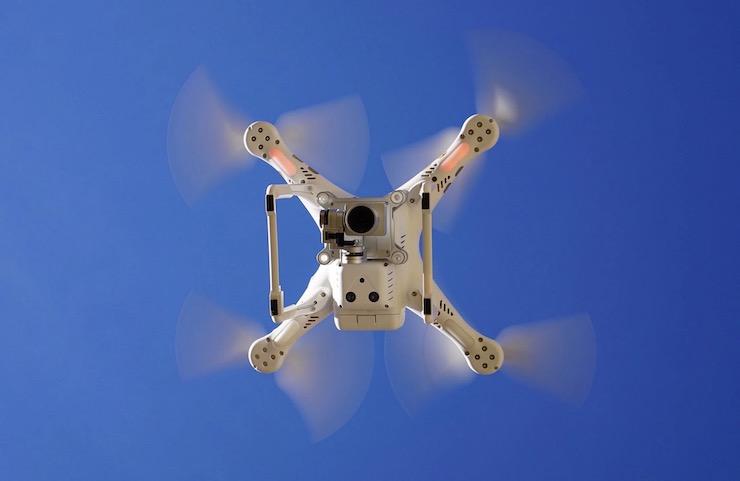
A just-released survey of drone manufacturers and fliers has revealed the three biggest challenges currently facing the U.S. drone market – and at least one of those challenges may surprise you. The survey, conducted by Elsight and IP3 Tech, and first reported by DroneLife.com, asked respondents to list the three market challenges in order of their importance, and not surprisingly, an overwhelming majority of those surveyed named the forbidding regulatory environment, especially resistance from the FAA, as the #1 challenge.
The survey took special note of the FAA’s reluctance to develop comprehensive guidelines for approving Beyond Visual Line of Sight (BVLOS) drone operations, noting that the current system of granting ad hoc waivers and exemptions to selected companies for long distance drone flights on a project-by-project basis in specific geographic areas was making it difficult to “scale” drone operations across the board and slowing the industry’s development. Drone technology was advancing rapidly, allowing for safer and more efficient BVLOS operations and making these cumbersome FAA restrictions unnecessary, the report noted, but the FAA wasn’t budging, despite growing pressure from both the U.S. Congress and the White House to do so.
“As BVLOS-enabling technology continues to mature and more organizations begin to successfully trial prototype platforms, the bottleneck of regulations laid down by the United States FAA (Federal Aviation Administration), EASA (European Union Aviation Safety Agency) and other lawmaking entities becomes even more of a frustration,” says the survey. “Crystallization of regulatory frameworks and streamlining of authorization processes must occur in the near future in order for businesses to scale and the industry to evolve further.”
The second biggest challenge named in the survey – and something of a surprise – was cost. The industry is becoming more technologically sophisticated by the day and that means new entrants can rarely get by with a basic aerial surveying and mapping capability alone. New “obstacle avoidance” sensor technology is allowing drones to offer customers more safety guarantees, and even to fly without remote piloting and at longer distances, regulations permitting. Inspection drones can fly indoors without GPS, More sophisticated data analytics and 3D photogrammetry allows for advanced estimation and modeling for agricultural, and construction drones, for example. Agricultural drones are spraying seeds, fertilizer and pesticides. All of this new software and hardware is expensive, and also adds to the weight of the drone. Start-ups need a lot more investment capital at a time when capital may be becoming more scarce
And finally, perhaps the biggest surprise, more than 40% of the survey respondents cited communications as another challenging area in the current market. Drones must interact with remote pilots and with air traffic management systems and must be closely monitored while airborne; reliability of data transmission is therefore a key issue. If communication breaks down, drones can collide or crash or simply stop functioning. With the growing need for BVLOS capability, respondents were especially concerned about developing reliable communications systems, in part to convince regulatory authorities that they can fly safely and efficiently. Naturally, this is also becoming a cost issue – one reason respondents named communications almost as frequently as they did cost.
Despite these challenges, respondents seemed quite optimistic about the future of the drone industry. Business and consumer awareness of drone capabilities is becoming more widespread, they noted, and more commercial niches and sub-niches are opening up, as well as new opportunities in the government sector, especially in defense. Competition will likely intensify, and more start-ups may fail. but the survivors – those with highly-trained technology teams, sufficient investment capital and the patience to navigate protectionist barriers and cumbersome regulatory systems – should find ever-increasing demand for their services, both domestically and abroad.
|